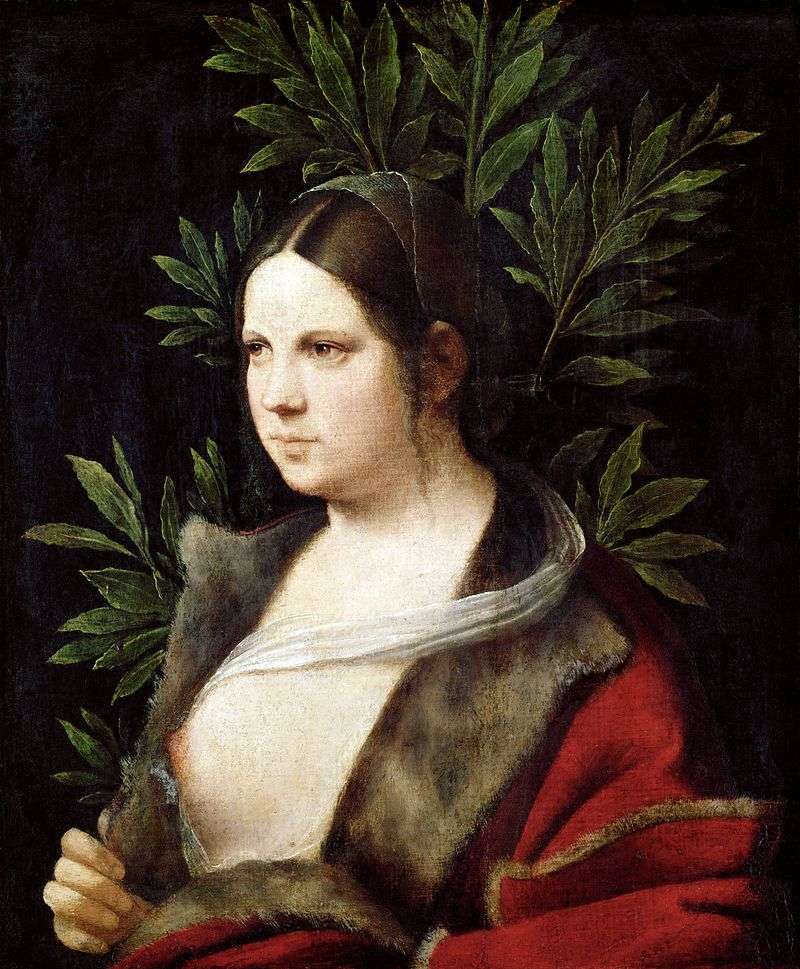
Portrait of “Laura” or “Portrait of a Young Woman” was written by the artist around 1506. The size of the picture is 41 x 34 cm, canvas, pasted on a tree, oil. The softness of the chiaroscuro molding of the face and hands is somewhat reminiscent of Leonardo’s sfumato.
Leonardo and Giorgione simultaneously and independently solved the problem of combining the plastically clear architectonics of the forms of the human body with their softened modeling, which allows us to convey the richness of its plastic and black and shade hues – so to speak, the very “breath” of the human body. If Leonardo da Vinci has more gradations of light and dark, the finest shading of form, then Giorgione Sfumato has a special character – it’s like a micromodeling of the volume of the human body by the wide stream of soft light that floods the entire space of the pictures.
That’s why Giorgione’s sfumato also conveys the interaction of color and light, which is so characteristic of Venetian painting of the 16th century. If the image of a young woman, the so-called portrait of Laura, is somewhat prosaic, then other female images of the artist are, in essence, the embodiment of ideal beauty, with the possible exception of the portrait of an old woman. Portraits of the artist Giorgione served as an indisputable impetus to the development of the remarkable Venetian portrait school of the High Renaissance.
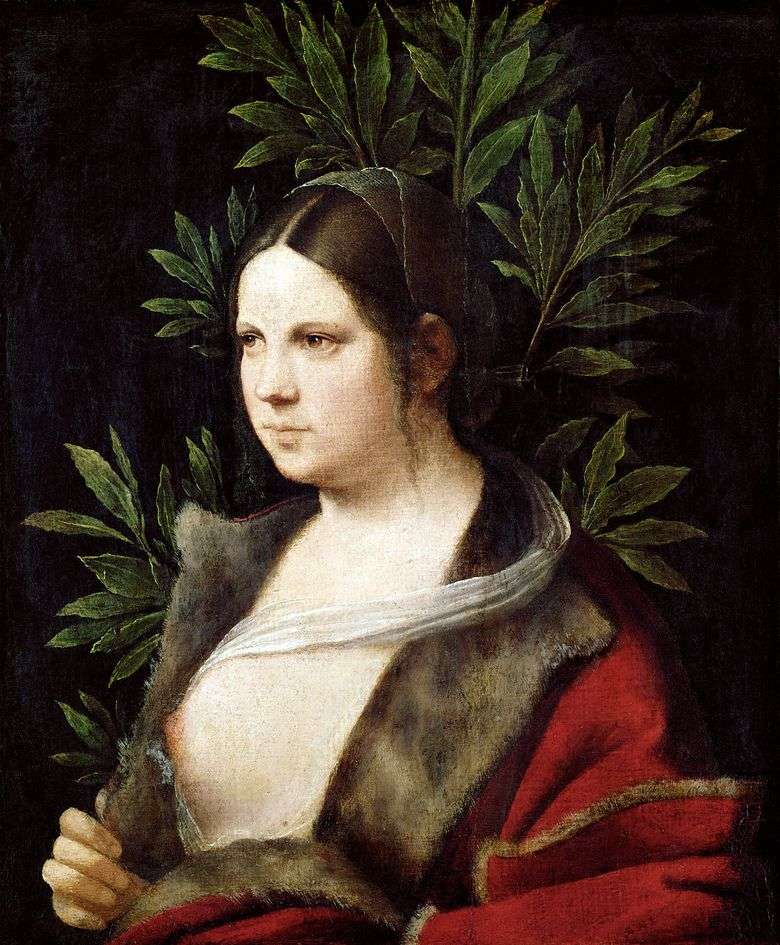 Laura giorgione
Laura giorgione Laura – Giorgione
Laura – Giorgione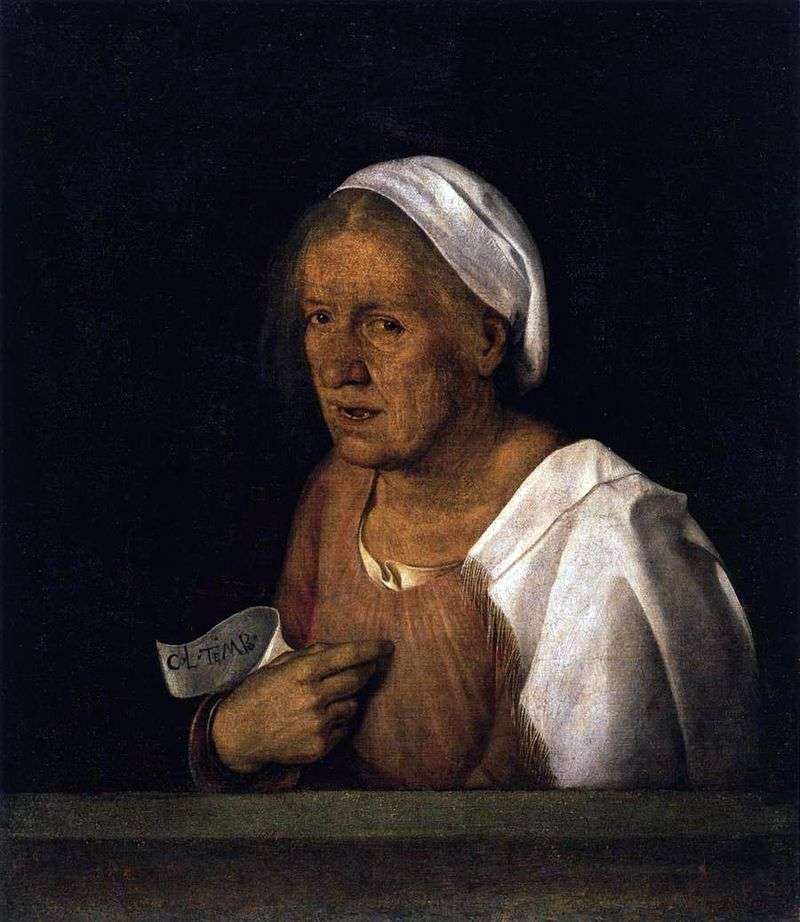 The old woman by Giorgione
The old woman by Giorgione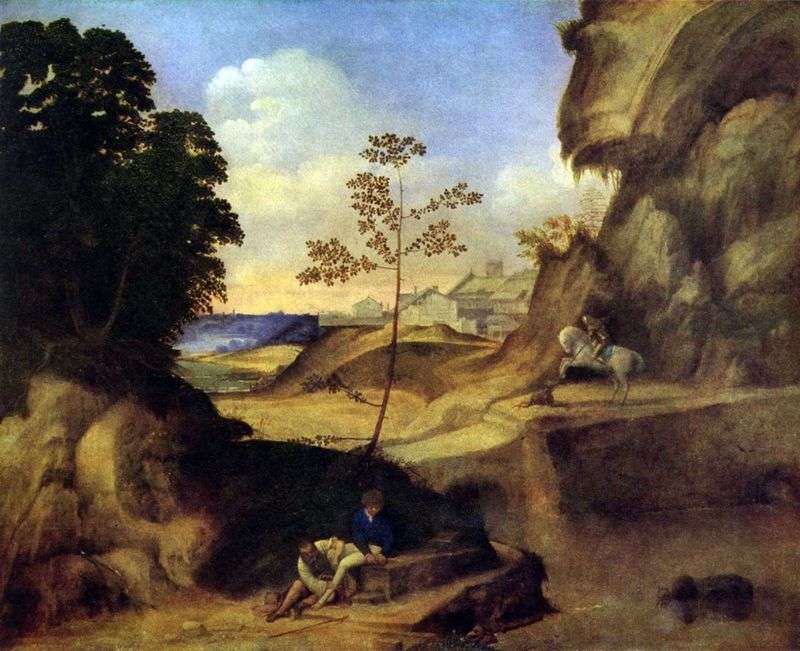 Sunset by Giorgione
Sunset by Giorgione Country Concert by Giorgione
Country Concert by Giorgione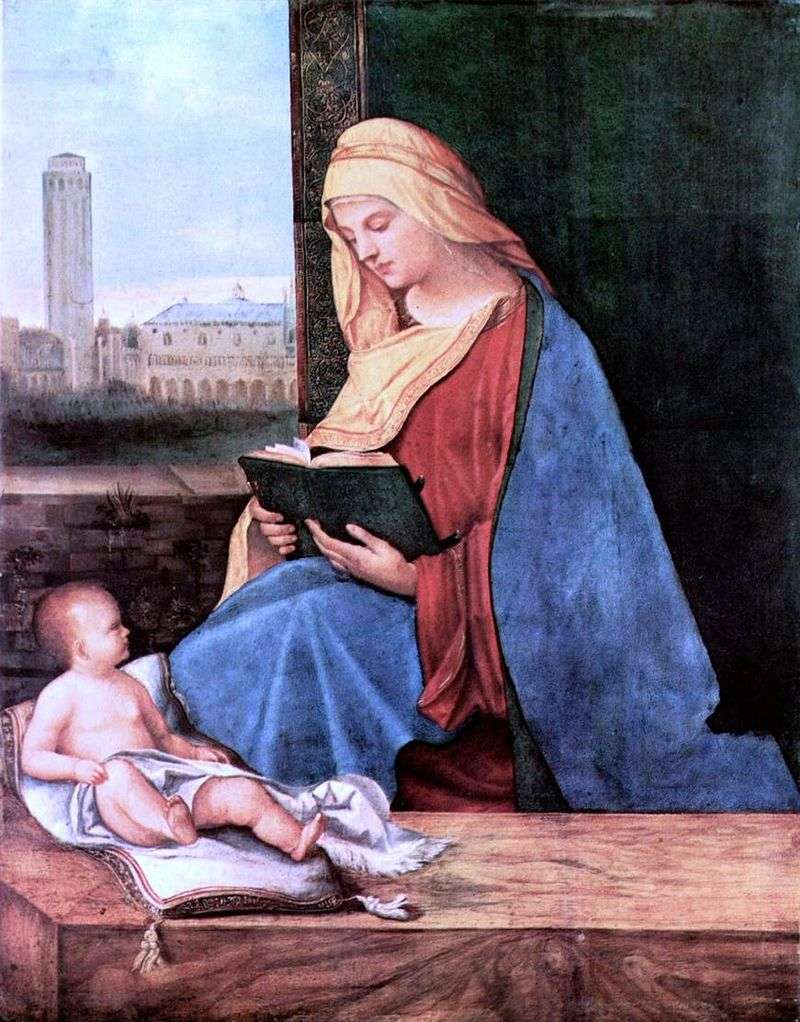 Reading Madonna by Giorgione
Reading Madonna by Giorgione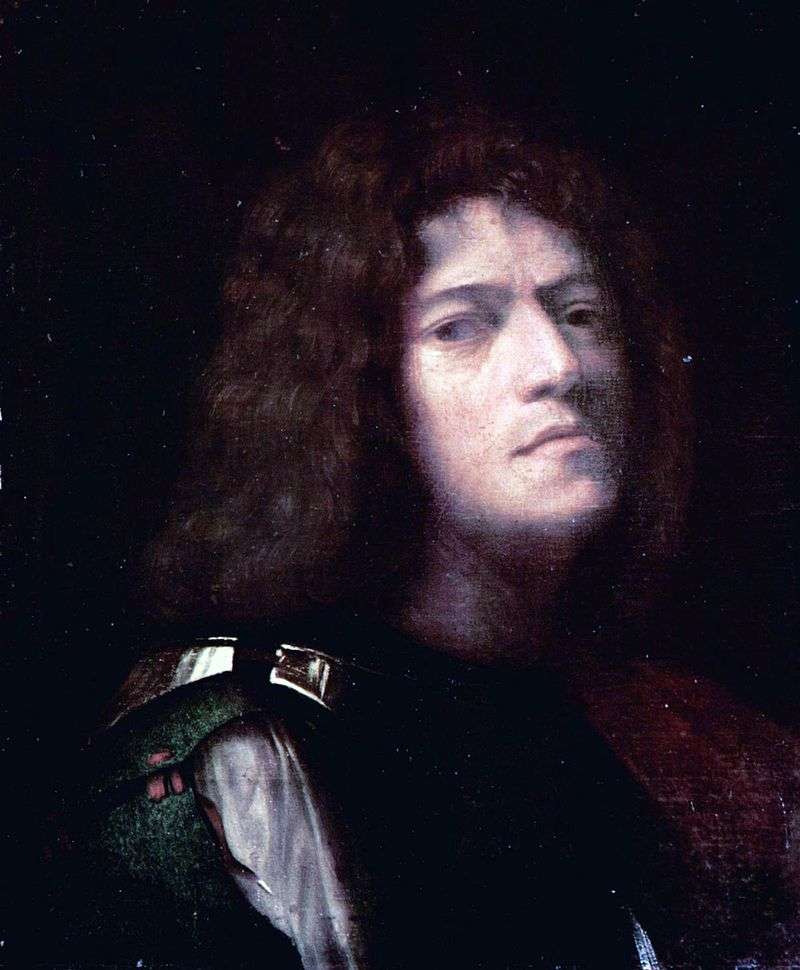 Self-portrait by Giorgione
Self-portrait by Giorgione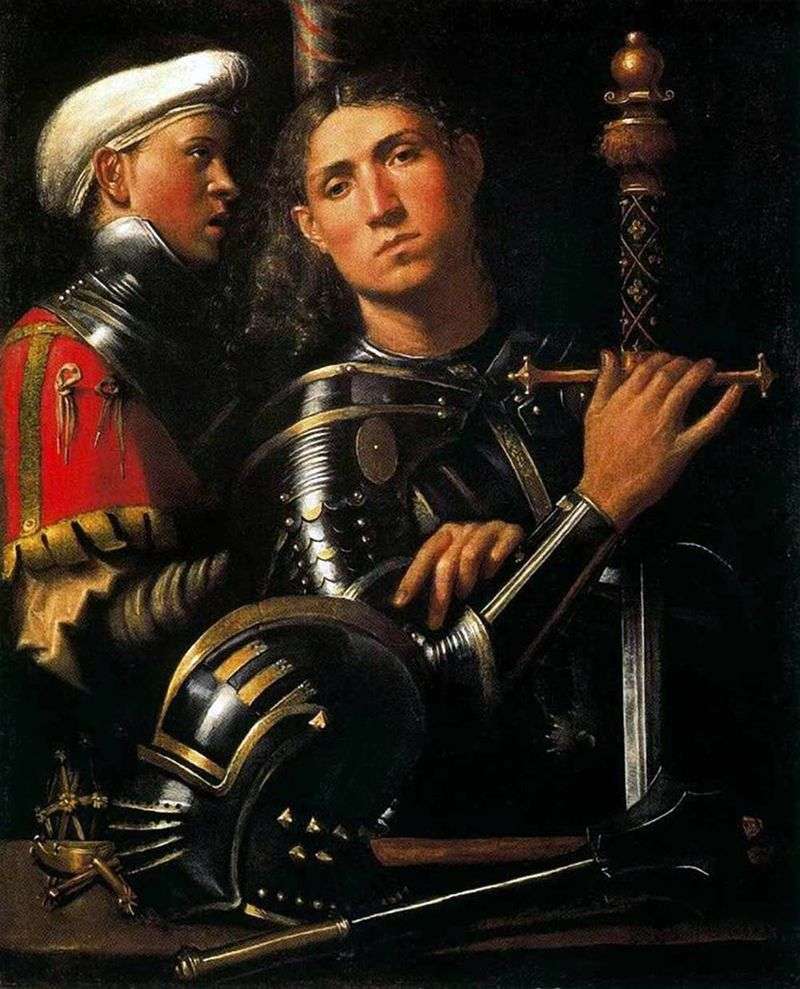 Warrior with his squire by Giorgione
Warrior with his squire by Giorgione